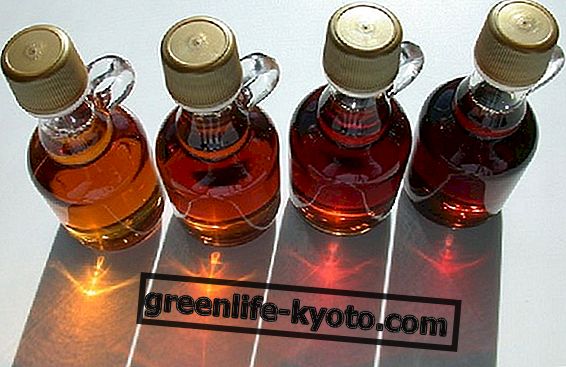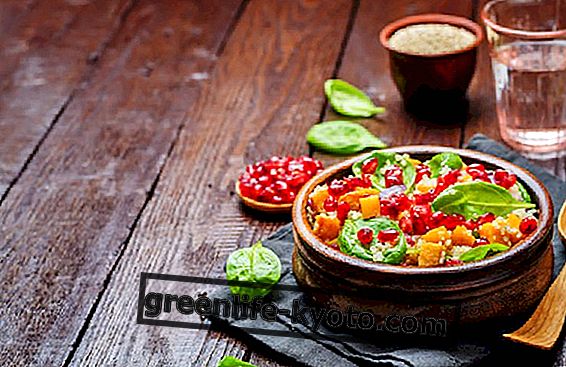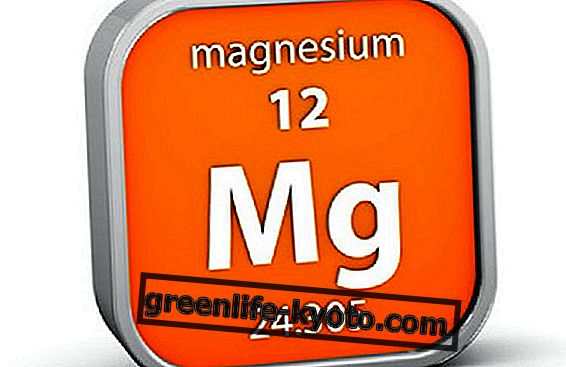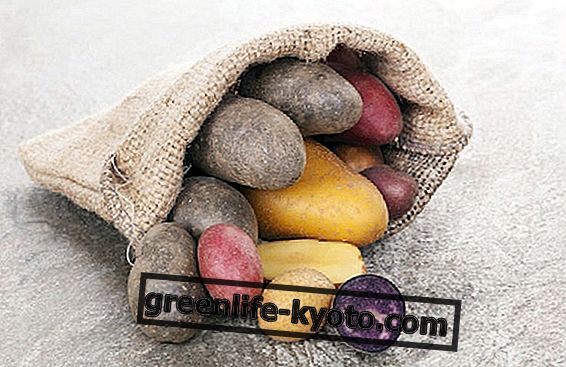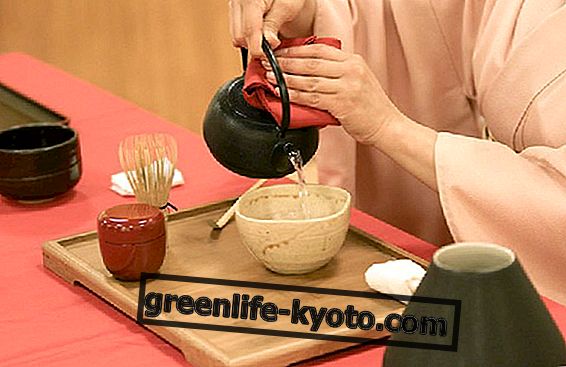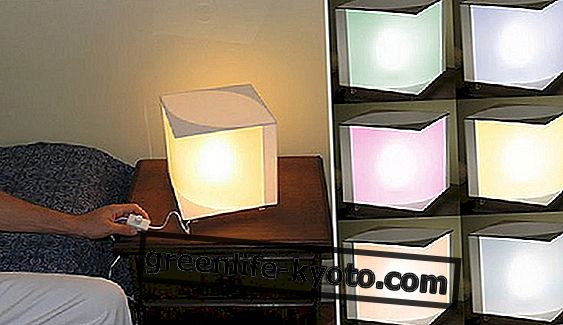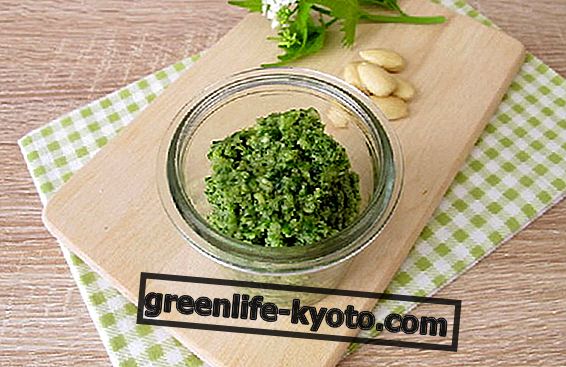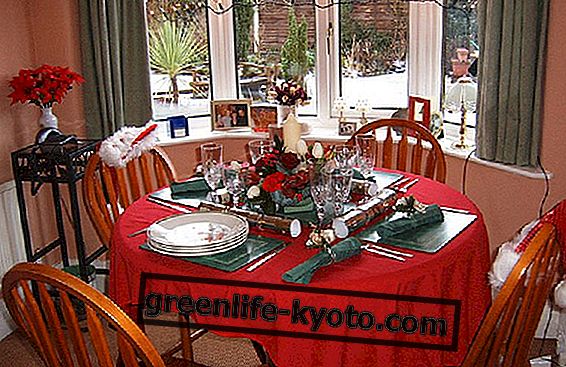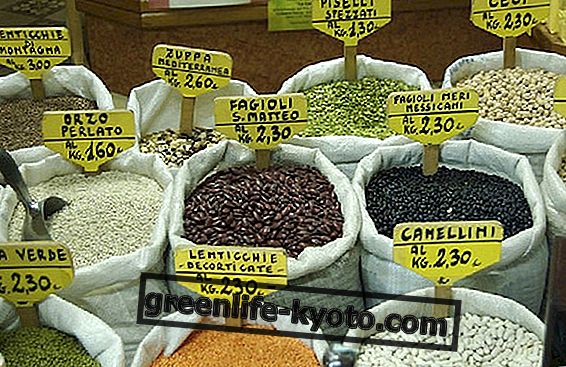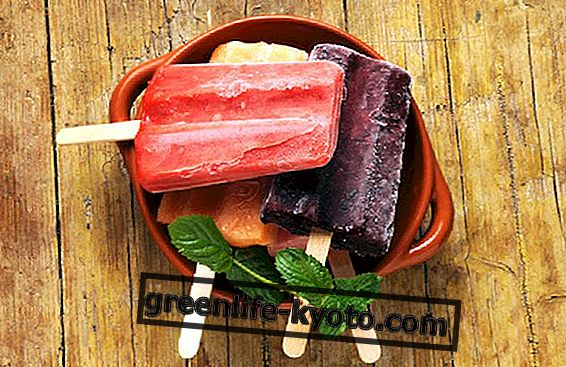
The balms have the function of softening the hair making it more extricable, shiny and soft.
Let's see what the hair conditioners contain and how they are prepared at home .
What do the hair conditioners contain?
Hair conditioner normally contains water, vegetable or synthetic oils and functional substances, stabilizers, preservatives, fragrances.
The functional substances are mainly intended to soften the hair making it less frizzy, more shiny and more easily detectable as well as to eliminate the electrostatic effect. A good conditioner, besides softening the hair, should not weigh it down.
The balms that we find on the market may contain substances that are not very eco-compatible as they are difficult to biodegrade or highly discussed ingredients, such as silicones and parabens ; sometimes hair conditioners also contain ingredients of animal origin, including lanolin .
However, there are numerous eco-bio alternatives and different brands offer natural balms that contain vegetable raw materials; in addition, you can prepare your own natural hair conditioner at home .
What is hair conditioner and how is it prepared?
Hair conditioners are conditioning emulsions that are applied after shampooing: like emulsion creams, hair conditioners contain a phase consisting of fatty substances (vegetable oils or butters) and a phase formed of hydrophilic substances (water or hydrolates). The two phases are normally immiscible with each other but remain tied to each other thanks to an emulsifier.
The hair conditioner prepared at home generally contains esterquat, a biodegradable chemical compound admitted in eco-bio cosmetics that has an emulsifying and conditioning function.
Thanks to esterquat it is therefore possible to prepare creamy balms from the softening action on the hair.
An example of a natural and do-it-yourself hair conditioner can for example consist of:
> 83 grams of water or hydrolate> 4 grams of glycerin
> 4 grams of esterquat
> 3 grams of cetyl alcohol
> 4 grams of oil or vegetable butter
Water (or hydrolat) and glycerin make up the aqueous phase, which can possibly be thickened thanks to the use of a gelling agent. Vegetable oils and butters constitute the oily phase, together with esterquat and cetyl alcohol, the latter with an emulsifying action.
The non-thermolabile active ingredients are added to the aqueous or oil phase, depending on their solubility: phytocheratin and inulin are examples of functional substances for hair.
After heating the two phases and mixing them until an emulsion is obtained, it is possible to add to the balm thermolabile active ingredients, one or more fragrance or essential oils and preservative.
As an alternative to DIY balm, you can prepare masks to apply before or after shampooing to soften the hair and make it easier to comb.
The ingredients to prepare the do-it-yourself balm can be found online at stores specializing in selling raw materials for DIY cosmetics.
